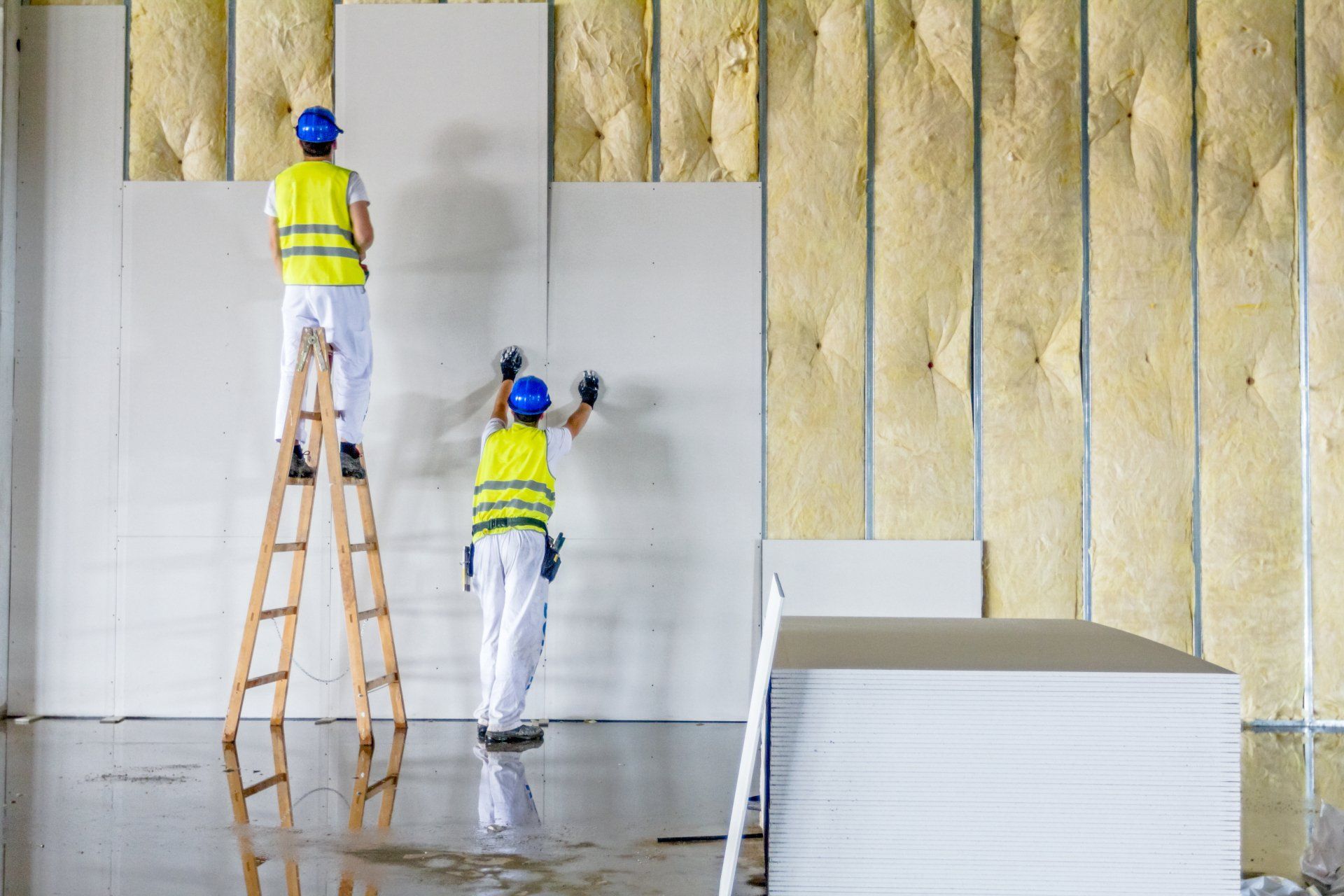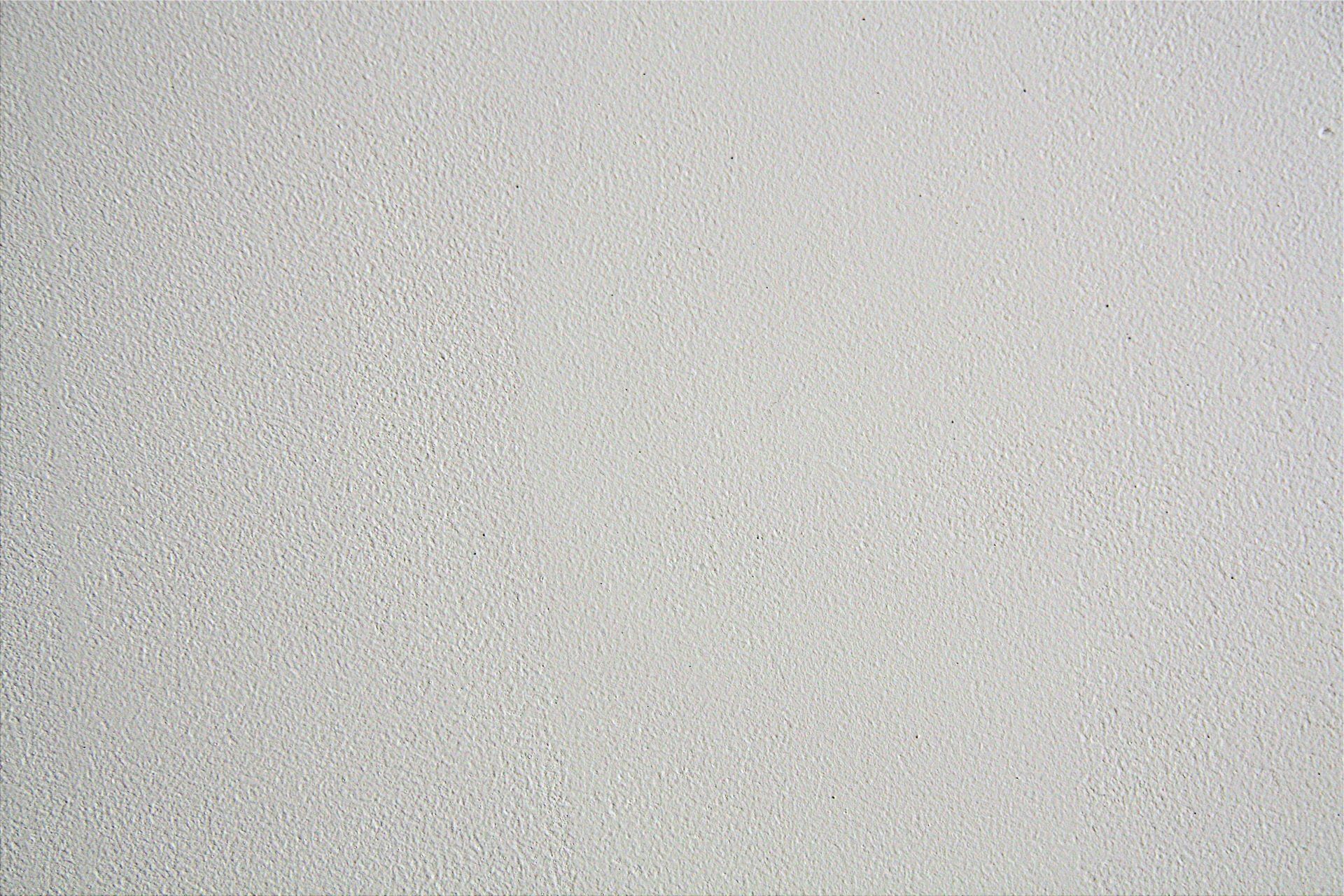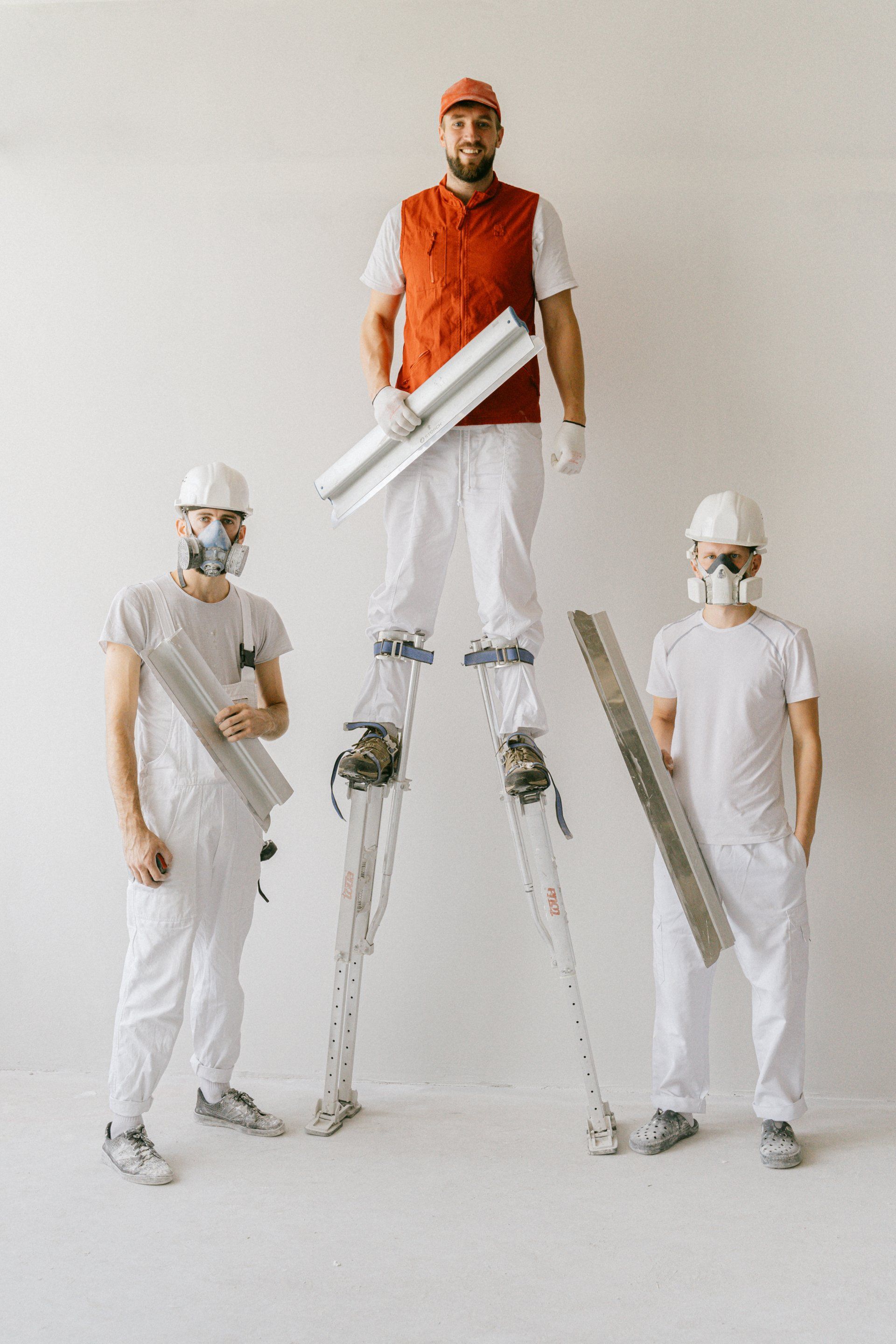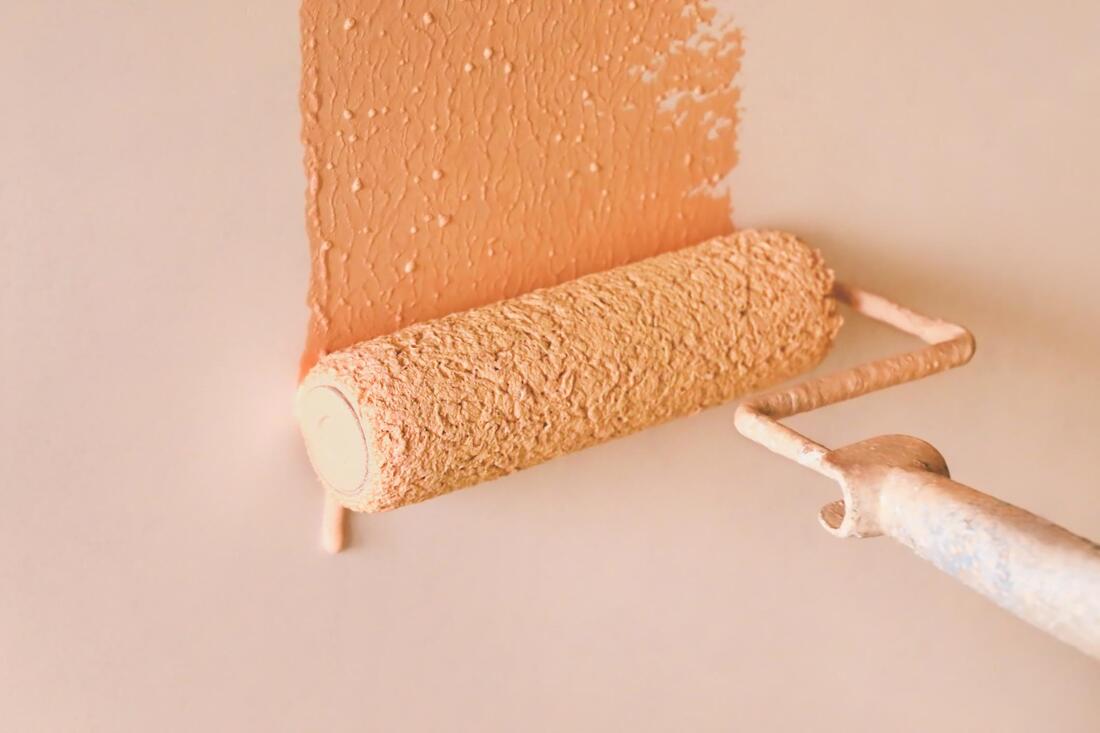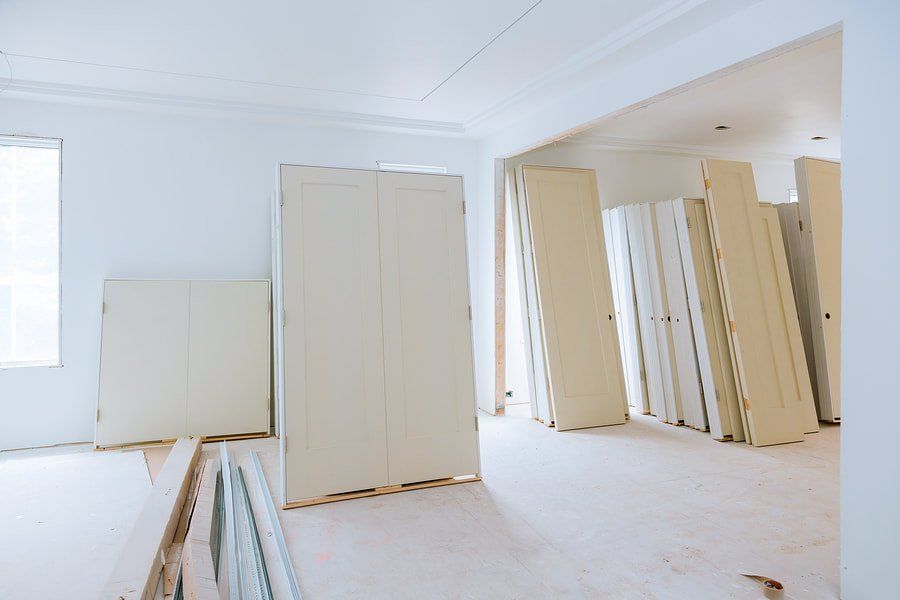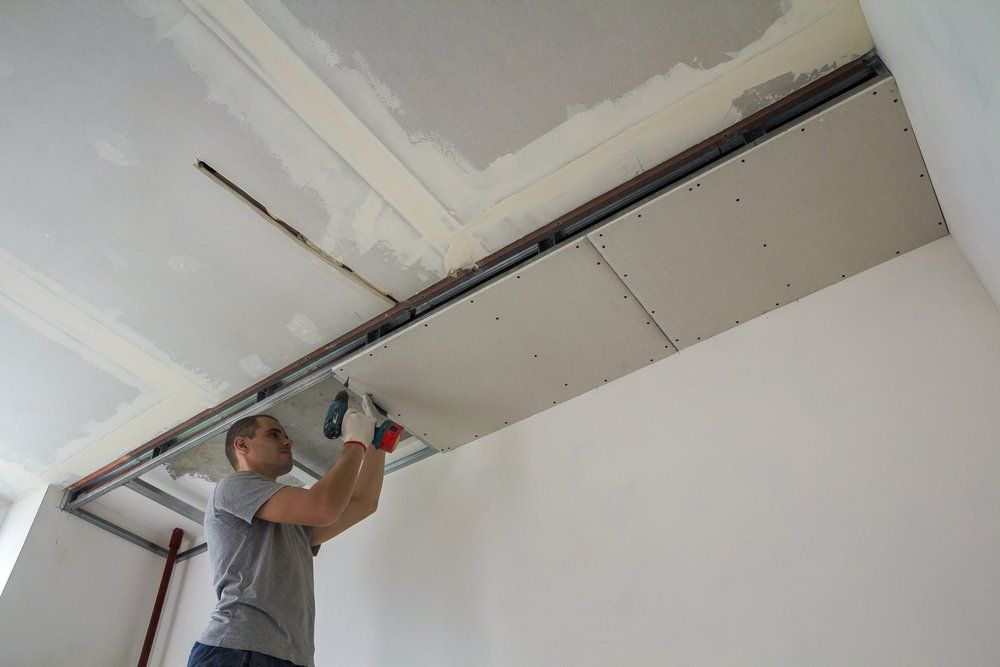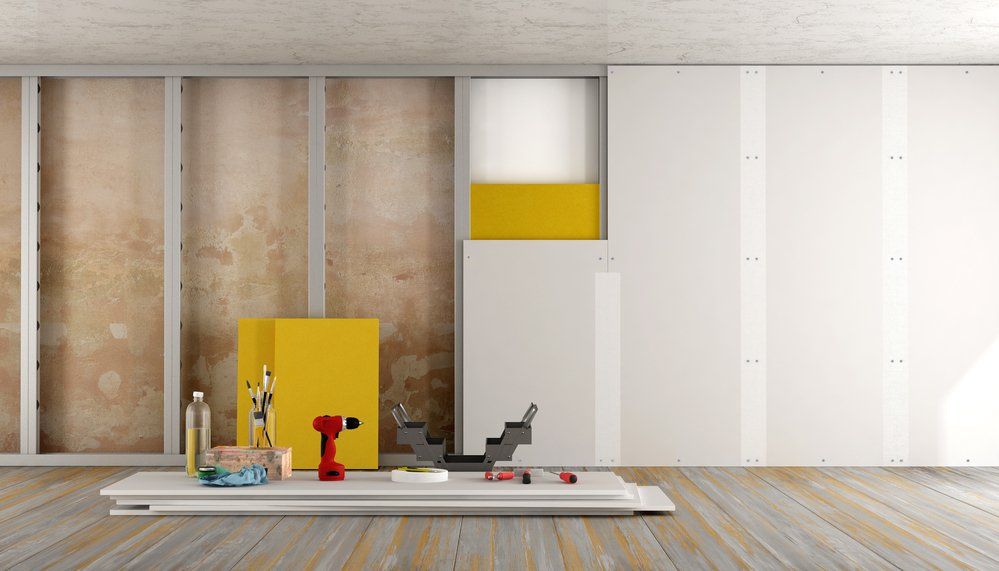Reasons for Installing Drywall at Your Home
Reasons for Installing Drywall at Your Home
If you are remodeling or building your home, then someone must have mentioned "drywall' to you. Or perhaps you have had drywall in your previous home and are now wondering if you should get a new Orange County drywall. Whatever the case is, drywall is a vital add-on to every home's remodeling and finishing. Today, we bring a convincing argument about drywall. So read on!
What Is Drywall?
Just in case you are not too familiar with drywalls. Drywall is a building material used to make walls and ceilings that don't have to hold weight. You can also use it to make conduits, ditches, drains, ducts, arches, and other unique architectural features. It is quick and easy to set up, very durable, and only needs simple fixes when it gets broken.
In a commercial building, we hide steel beams by wrapping the columns with drywall. Drywall is also an easy and cheap way to finish off the top of masonry walls above ceilings. And as you would see, there are tons of benefits to using
drywall in Orange County, CA.
Why Choose Drywall Over Plaster
Before drywall became popular, the inside walls of buildings were usually of masonry with plaster. We built walls and ceilings for hundreds of years by putting layers of wet plaster over many wooden strips (called laths) or brick/stone masonry.
The wet plaster mortar would eventually harden into walls, but putting them up and fixing them took a lot of time and was hard to do well. So, to make plaster walls, you had to put on several coats and wait a long time for each one to dry.
In addition to taking a long time to install, plastering required a lot of work. Skilled workers had to work on a small section of a wall for weeks until they finished it. With drywalls, walls that would take weeks to build with plaster could get done in just a few days. They would also last longer and cost less to build in some countries.
Why Get a Drywall Installation in Orange County?
It Is Easy to Set Up
Easy installation is one of the best reasons to use drywall. If your walls and ceilings are of drywall, you don't have to worry about waiting a month for your house to be ready.
As we said, walls and ceilings used to be from putting layers of wet plaster over thousands of laths, which are thin strips of wood. The wet plaster would then harden and form walls, but this took a long time, which was inconvenient for homeowners. Projects that used to take months can sometimes be ready in just a few weeks.
It Adds an Extra Layer of Protection
Drywall adds a layer of protection between rooms and the outside world. Its thickness makes it a good barrier against noise and the weather. It also lets you add insulation if you want to.
Even though drywall boards are thin, they can make a big difference, especially on an outside wall. Drywall is very good at stopping draughts, especially when it's cold and windy outside. This extra layer will also help you keep your house at a comfortable temperature. The barrier will help keep the air you have cooled or heated from escaping through the outside walls.
Installing drywall in rooms and ceilings does a great job of blocking noise. The drywall acts as a sound barrier, so there is less echo. It also makes it harder for sound to move from one room to another. The noise from the floor above significantly reduces by adding a layer of drywall to the ceiling.
When you put up drywall, you can put insulation behind it for even more protection. This is helpful in places like basements and attics where it is cooler. Even after the drywall is up, you can add insulation by cutting small holes and having the insulation sprayed between the studs.
It Gives a Uniform Finish
Drywall gives every room in your house a perfect uniform look. It makes every room look finished and ready for decor.
Orange County drywall gives you a solid base for a wide range of options for finishing.
Drywall is a blank canvas that allows you to be as creative as you want. Once primed, it is ready to have some paint on it. It is also a strong surface for tile installation. Alternatively, you can use wallpapers on your drywall to give a unique look. All you need is a quick coat of primer, and the wallpaper will stick very well to drywall.
It's Easy to Fix
One of the best things about drywall is that it is easy to fix. The tools and steps to fix it are easy and don't cost much. Even if the damage is extensive, it is often possible to fix it by only working on the area that gets broken.
Normal wear and tear will happen to drywall at some point. There may be an odd dent, scratch, or nail hole that needs some filling. These minor drywall problems are easy to fix, which is excellent. Your drywall can look as good as new with some spackle, a putty knife, and sandpaper. Just fill the hole, let it dry, and sand it until it is smooth. If you touch up the paint, it's easy to cover the damage.
You can still fix it even when a lot of damage happens to the walls. Spackling can't fix dents or damage that are too big. Most of the time, you only need to replace the damaged board, so you don't have to pay to fix the whole wall! The broken board is easy to take out and replace with a new one. You will use the same steps to put the new board on the wall. Once you fix the joints and paint the board, you won't even remember that there was once a big hole there.
It Is Resistant to Mildew
Mildew is one of the biggest problems that homeowners have to deal with. Luckily, drywall comes with additives. Fiber plasticizers, foaming agents, and other things keep mildew from growing.
Conclusion
There you have it! We hope you know why it's not a bad idea to install drywall in your home. Getting a professional drywall installation is one of the best decisions you can make for your home. And we are ready to help you! Get a quote today!
